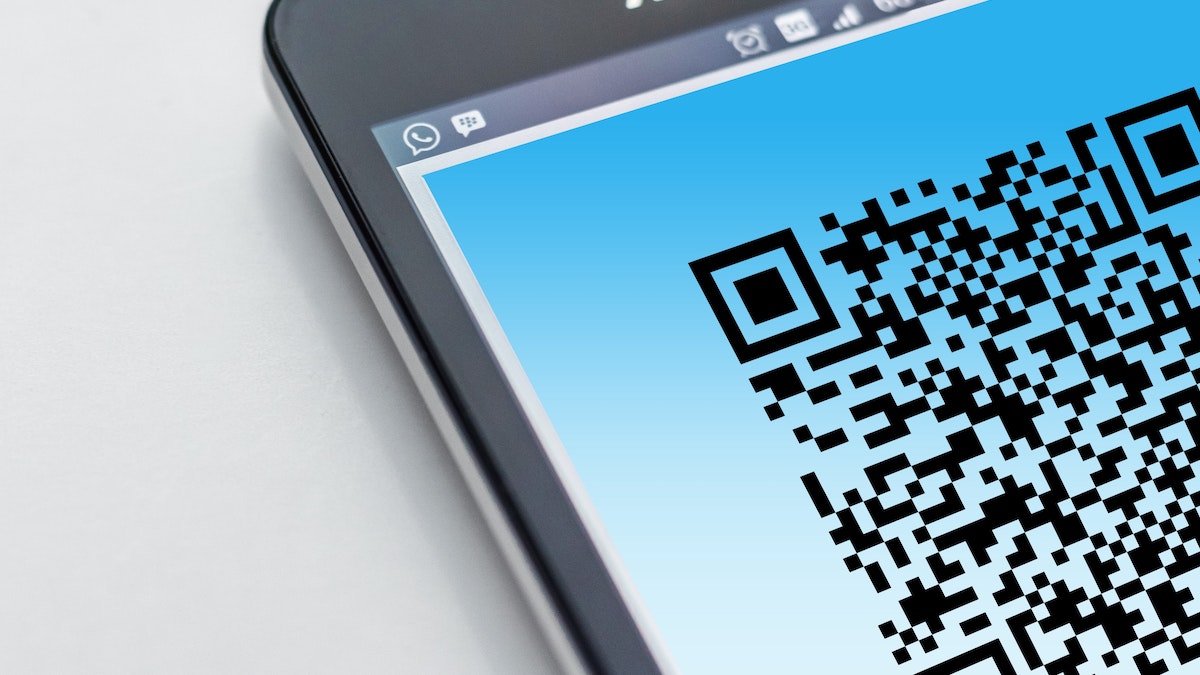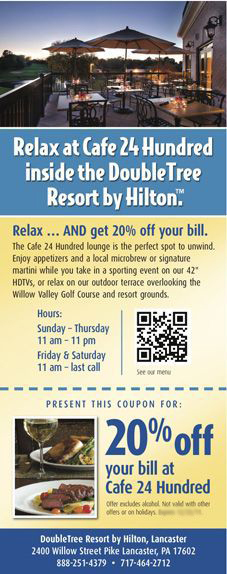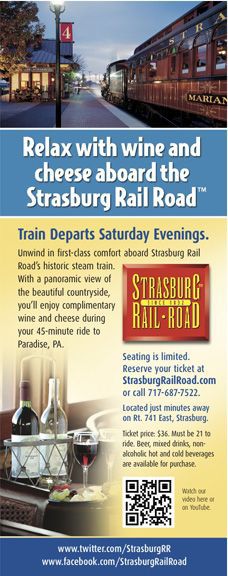Are QR Codes Coming Back?

Benefits and Drawbacks to QR Codes
QR codes have been around for years, but marketers tend to have a love-hate relationship with them. When they are used well, QR codes can achieve a wide variety of goals: app downloads, media views, coupon downloads, ticket purchases, and even product sales. When they are used poorly, however, they can create a negative brand experience and potentially damage users’ willingness to scan a code in the future.
Simply put, Quick Response Codes (QR codes) are two-dimensional bar codes that have large storage capabilities and are easily readable via smartphones.
In fact, your smartphone might be smarter about QR codes than you are. Some phones have QR code scanning baked into their camera’s capabilities. Provided you haven’t turned the feature off in your settings, you can open your front-facing camera and bring a QR code into view, and your phone will ask if you want to follow the link. No special app required!
If your phone doesn’t have this feature built-in, there are numerous free apps available that will enable you to scan a QR code with your phone or tablet.
QR codes allow companies to provide multimedia, additional information, or quick links to consumers with one simple action. You’ve likely seen them around, whether at museums or theme parks, on movie tickets or confirmation emails, on maps, ads, or any other number of communications. They’re very useful for quick communications, but without a strategy behind them, they waste both your and your customers’ time.
When QR codes get used without a campaign or strategy behind them, they fall flat. This could discourage people from bothering to scan codes in the future. In the past we saw this happen more often: when QR codes were new, businesses didn’t know how to integrate them into existing marketing campaigns.
Over the years, however, companies have grown in their ability to offer valuable content behind these little black and white squares. For example, Chick-fil-A recently used QR codes to increase their mobile app downloads by 14%. NBCUniversal included QR codes in their commercials that takes viewers directly to an e-commerce site to let them buy the products they just saw advertised.
QR code awareness among consumers has increased significantly as well. Major social media platforms – Facebook, Snapchat, Twitter, LinkedIn, Instagram – have come up with their own QR codes that allow you to follow accounts by simply scanning a code. Big-name brands like PayPal, Starbucks, Pepsi, and Taco Bell use them in large marketing campaigns. Because of these brands, QR codes enjoy an increase in consumer awareness. Statista predicts 11 million US households will scan QR codes by 2020.
Not only do QR codes help provide a service for the end-user, but they also help these brands track their marketing. Adding a QR code to their direct mail, print ads, and packaging helps these brands connect with and track their audience’s interactions with the creative.
But before you jump on the QR code bandwagon, remember the early days of the new technology when people were throwing all kinds of media behind the codes to see what would stick. To be effective, QR codes should be used as an integrated part of marketing campaigns, optimized for mobile devices, and offering information not otherwise available in the medium where the code is used.
At the very least, you’ll want to consider these five steps before launching your QR code campaign:
- Define your QR code campaign goals and strategy
- Create mobile-optimized landing page or campaign (linked to the QR code)
- Add valuable, entertaining, or conversion-ready content on the landing page
- Create QR code (and test it!)
- Know your KPIs and track the results
Scheffey used QR codes in a cross-promotion with Strasburg Rail Road and Cafe 24 Hundred. The Strasburg Rail Road rack card was given to a targeted group of guests checking in at the DoubleTree Resort Lancaster (home of Cafe 24 Hundred). The Cafe 24 Hundred rack card was given to guests riding the Wine & Cheese Train at Strasburg Rail Road.
Cafe 24 Hundred’s promotion included a coupon and a QR code to the restaurant’s online menu. The value? People can see the menu online to determine if they want to visit the restaurant and redeem the coupon. (Note: This campaign has ended – the QR code will not work at this time.)

Strasburg Rail Road’s Wine & Cheese Train promotion used a QR code to show a promotional video on YouTube. The value? Tourists checking in at the DoubleTree Resort get a quick glimpse of the event and determine if they want to attend.

As companies become more sophisticated with what they can offer customers through QR codes, the popularity and the opportunities of the codes expand. We are entering a season of increased direct mail and ads and a heightened sensitivity to customer experience. Consider if QR codes can enhance your marketing strategy, and if you should add these little devices to your marketing mix.
If you’d like to talk through your marketing strategy and how you can optimize your campaigns for your desired results, that’s something Scheffey specializes in. Give us a call or get to know us a little better, and let’s take a look at what you can do with your next marketing campaign.
